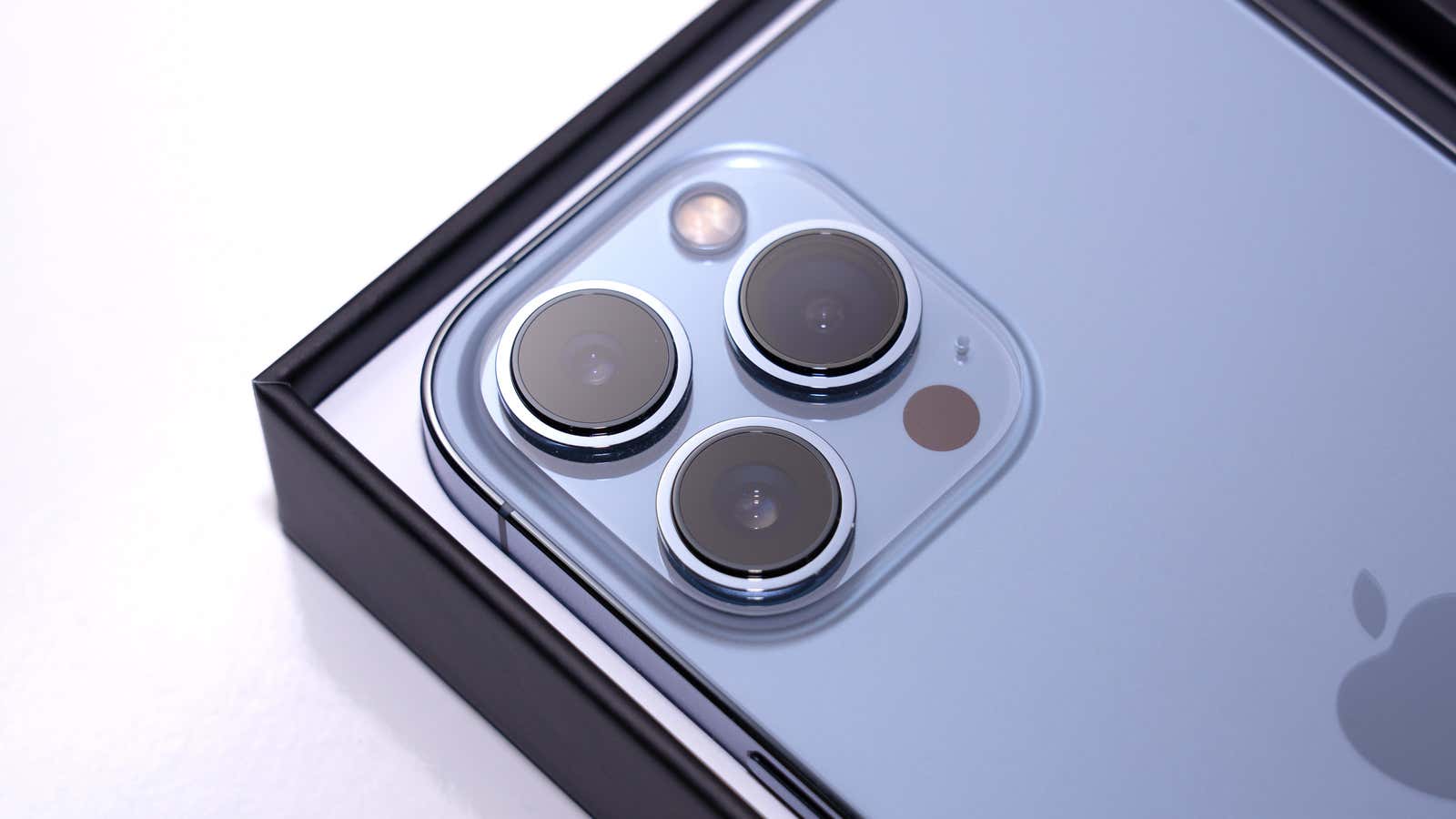How to Troubleshoot “iMessage Activation Failed” Alert

Apple went all-in on eSIM with the iPhone 14 lineup , removing the ability to use SIM cards from its smartphones for the first time. Theoretically, this should be a plus: Now the phones have one less moving part to worry about, which could improve water resistance and eliminate the risk of something happening to the SIM card. However, this transition brings its own challenges, some of which you may be facing right now.
iMessage activation failed
One big issue that comes up on iPhone eSIM is iMessage and FaceTime activation issue. When you initially set up your iPhone, everything seems to work just fine, including eSIM activation. However, when you try to send iMessages or make a FaceTime call to a friend, you’ll find that it doesn’t work. Open the Settings app and you will see the annoying “iMessage activation failed” message. I first heard about it from a friend on his iPhone 14 and I couldn’t fix it myself. However, I had the same issue while setting up a new eSIM iPhone and was able to resolve it myself.
This is also not a new problem. It appears from this 2019 support thread that an iPhone XS user had the same issue with iMessage activation when switching to an eSIM. A May 2022 bug deactivated iMessage and FaceTime on iPhone eSIM and required a physical eSIM to reactivate. However, today this problem is exacerbated by the fact that the iPhone 14 fully supports eSIM, so there is no physical SIM card to rely on.
eSIMs can fail on iPhone
While the iMessage activation issue is the most obvious I’ve seen, eSIM-only on the iPhone had a rough start. When the iPhone 14 was first released, customers from carriers such as Mint Mobile had trouble activating their eSIMs . Mint Mobile uses an app to get started, but eSIM activation just doesn’t work. While many of these issues have been resolved, eSIMs on the iPhone still seem to be a bit buggy, with a “network not available” error for example.
How to Fix eSIM Issues on Your iPhone
The good news is that you have several options and you will probably make money with at least one of them. The easiest way to start is by simply restarting your iPhone. You can either turn it off and on again or use the secret method to restart your iPhone . When the device turns back on, go to the Settings app to check if iMessage is online again or if your eSIM can activate.
If it doesn’t, make sure your iPhone is connected to an active cellular or Wi-Fi network. Go to Settings > Cellular and make sure “Cellular Data” and “Enable this line” are turned on. If you’re specifically struggling with messaging issues, turn off iMessage and/or FaceTime in their respective pages of the Settings app and turn them back on soon after. Sometimes this turning the settings on and off is enough to put everything back in place. Here’s what seemed to work for my personal iPhone: After turning iMessage off and on again, the service reactivated successfully.
Apple claims it can take up to 24 hours to activate iMessage on a new iPhone, but in my experience, it really shouldn’t take more than a few minutes. So, if these steps don’t work for you or you’re facing other eSIM issues, you may need to pull out the big gun: Erase your eSIM and reactivate it on your iPhone. This step involves contacting your carrier to issue a new eSIM on your device, so I recommend contacting them first to explain what you are trying to do. If you really want to erase it first, set up a text chat for yourself, use a separate phone for calls, or bring the device to the store if necessary.
To erase an eSIM on an iPhone, go to Settings > Cellular and tap Remove eSIM. Confirm your decision in the pop-up window and iOS will erase your eSIM. You now have the glorified iPod touch until your carrier installs a new eSIM for you. They will guide you through the entire process and once everything is set up, your new eSIM should not have the issues you’ve experienced before.